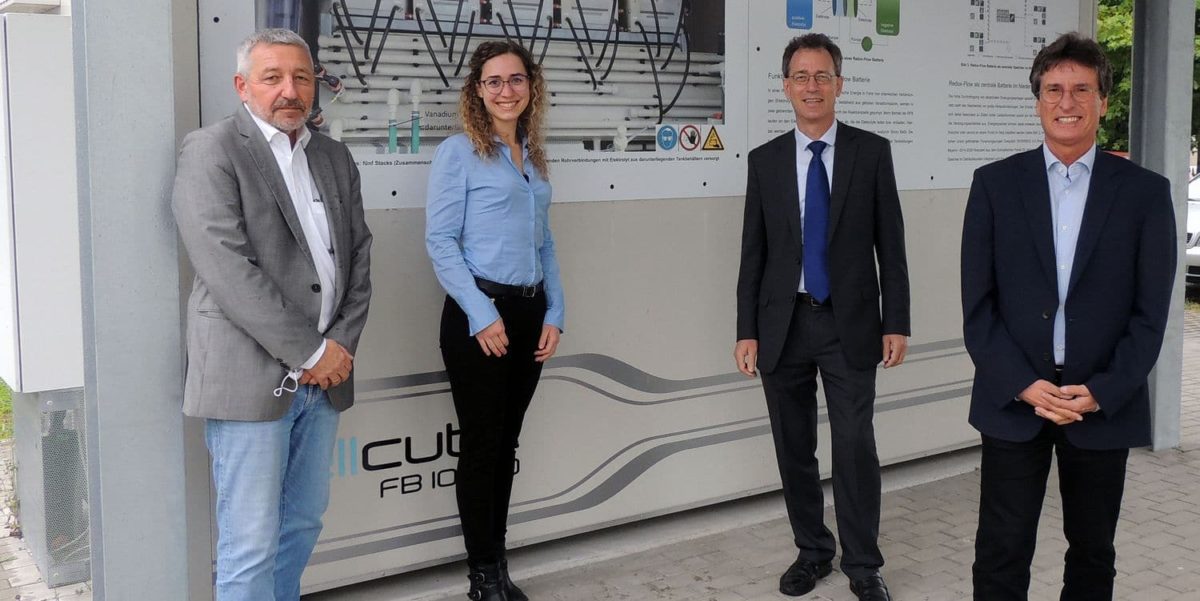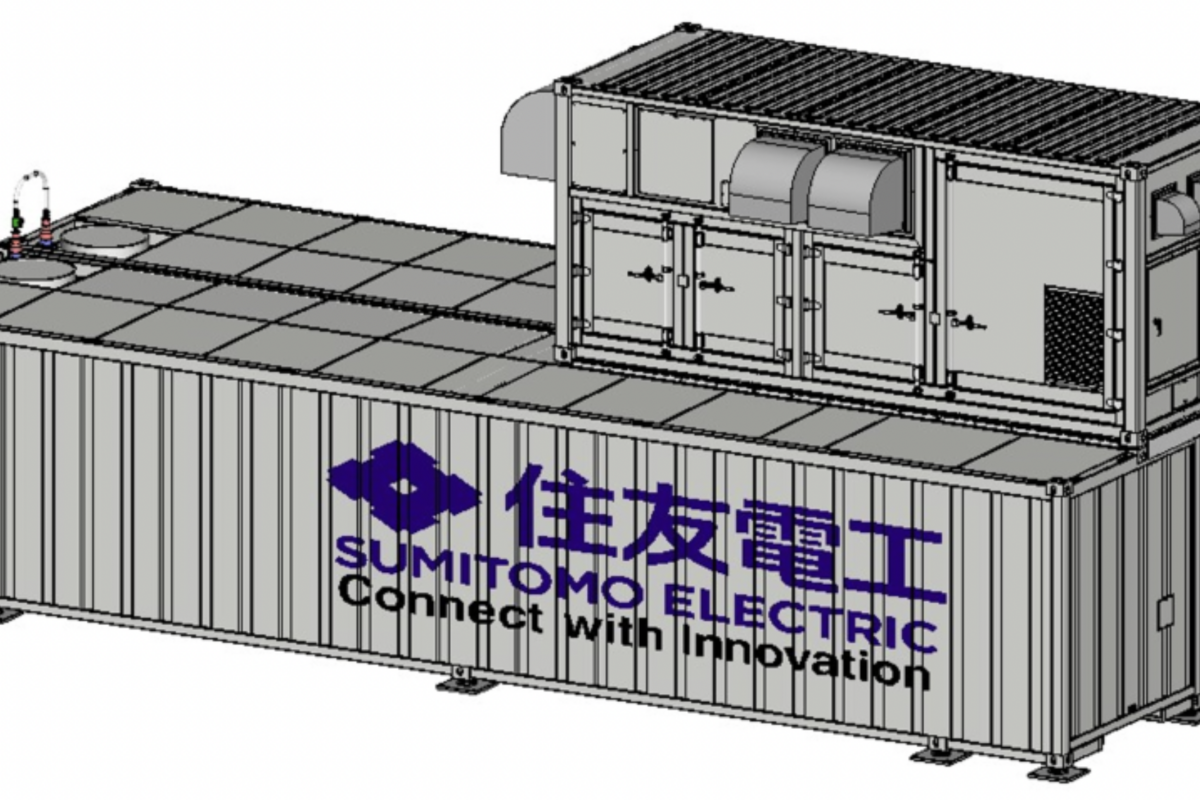In the HyFlow research project, 11 partners from seven European countries have come together to develop a hybrid redox flow storage system that can cover both high performance and energy requirements. To do this, the scientists want to combine a high-performance vanadium redox flow battery with a supercapacitor.
The EU is funding HyFlow with €4 million until 2023. The project is coordinated by the Landshut University of Applied Sciences. Also taking part in the endeavor are the Fraunhofer Institute for Chemical Technology ICT, the Karlsruhe Institute of Technology (KIT) and the Bavarian Research Alliance.
“A redox-flow battery has a large storage capacity, but can only be charged and discharged slowly,” explained Karl-Heinz Pettinger, scientific director of the Energy Technology Center at Landshut University of Applied Sciences and coordinator of the project. “The supercapacitor, on the other hand, has short charging times with a low energy density. Hybridization is intended to create an energy storage system that combines the advantages of both systems: high storage capacity and high performance.”
The hybrid system should be able to flexibly balance the electricity and energy requirements in the event of critical grid conditions such as high load or generation peaks — whether for seconds or entire days.
The hybrid concept is also intended to ensure a longer service life, a high degree of adaptability and potentially lower costs. An innovative management system uses computer analysis and control algorithms to ensure a high level of control and flexibility. The researchers said they were paying particular attention to sustainability and that a recycling concept was also being developed.
The idea for the project arose in 2019 on the fringes of a conference organized by the FSTORE research platform, where the first contacts to possible partners were made.
This content is protected by copyright and may not be reused. If you want to cooperate with us and would like to reuse some of our content, please contact: editors@pv-magazine.com.



I still can’t believe no-one is concentrating on micro grid battery systems that cost compete with lead-acid. Ideally this market (homes/shared battery for neighborhood, small commercial, etc) would offset need for grid upgrades, lessen line loss, increase resilience, promote residential solar and reserve L-ion energy dense batteries for automotive use. Solar installers should “group sell” a neighborhood 1megawatt battery for a neighborhood installing sufficient residential solar, then sell it’s potential grid stabilisation (stand by capacity) to the electric company.
It is disingenuous to suggest a VRFB cannot do the job perfectly well on its own. This is more about a 4 million research grant than producing anything that would do the job better. Waste of time and money.
it would be better to invent new ways of storing hydrogen…instead of chasing gosts like batteries…bad idea.